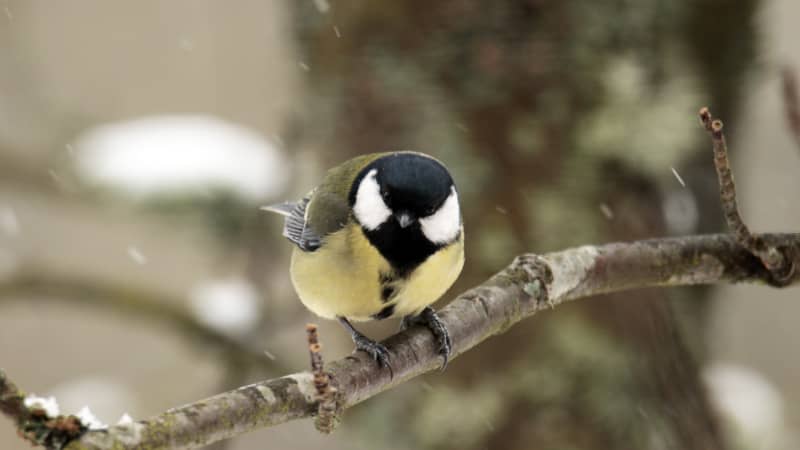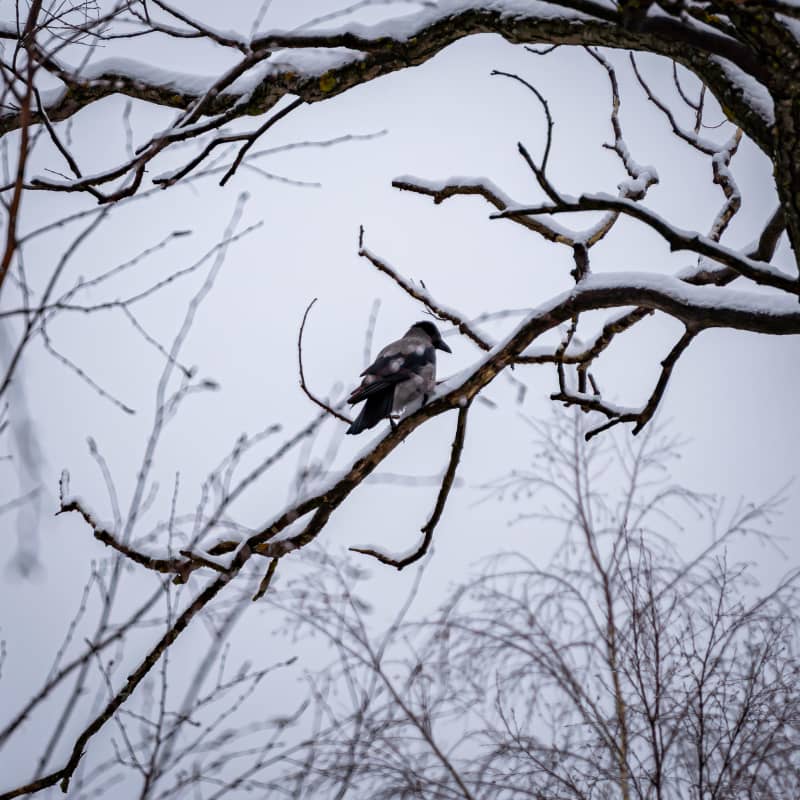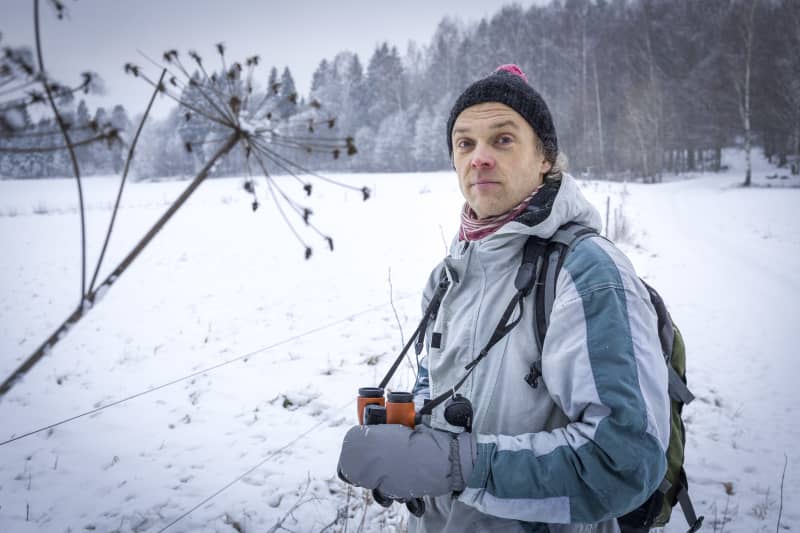
Almost 80 percent of Finland’s bird species are migratory birds. Some of the wintering birds follow the thawed ground. Some of the species want far from it.
About a kilometer a year – at this rate Bird species that winter in Finnish fields have been moving north since the 1990s.
– Snow has a clear effect on how birds get access to food. In winter, the most important thing for birds is to get food every day and stay alive, Lehikoinen states.
Thawed fields therefore offer more food for species that don’t know how to look for it in the snow.
The winter migration of birds to the north especially affects species that winter in fields: for example sparrows, yellow warblers and crows.
On the southern coast, you can even see whooper swans or herring gulls feeding in the winter if the fields are completely thawed.
Most of Finland’s bird species are migrants. Surviving the cold winter requires adaptability and wit from local birds.
With this test you can find out how well you know Finland’s winter birds.
Forest species are also spreading to the north
In flat fields, food is mainly found in the soil and in the winter ruts of the small fields. In forests, food is also provided by the tops of the trees above, so even a high snow cover does not prevent the supply of food.
Lehikoinen reminds that even in a forest environment, less snow makes it easier for many species to find food and survive.
That is why the distribution areas of forest species have expanded or retreated towards the north over the years. Some of the birds follow the melting ground, others run away from it.

Even the birds in the fields do not starve to death, even if the straw field is covered with a thick pile. Especially in wobbly winters like this one, the different responses of the species are highlighted.
The swans and gulls of the southern fields may migrate far south during cold periods. Yellow-billed crickets and crows, on the other hand, often move to urban landscapes near bird feeders and food scraps.
And the fields are utilized when possible.
Survival is getting easier, but is there enough food?
What kind of effects can the expansion of distribution areas have on populations or the rest of nature?
According to Lehikoinen, it is still difficult to make more accurate guesses than educated speculation, but better conditions for survival can be seen next spring in more abundant nesting stocks.
– Not all environmental effects are known very well, but the change can even increase the populations of species spreading towards the north. Species that use open fields can be the winners of climate change, Lehikoinen estimates.

The hypothesis has its flip side: thawing winters do not increase the food available from the fields, but facilitate and speed up its consumption. Will the fields then provide as much food when the first spring migrants arrive?
The research explores ways in which farming could be synchronized with the needs of wild nature. Lehikoinen names at least one way to ensure that arable lands would feed birds as well as people in the future.
– In general, the fact that farming would be more versatile: suitable edges, more space for the rest of nature, for example thickets where species thrive.
For some, getting snow is a lifeline
If sparrows and crows can be the winners of climate change, the species also has a comprehensive catalog of losers.
Winter rains can make life difficult for wintering voles and the opportunity for birds of prey to get food.
Some of the species, on the other hand, have adapted to winter so well that hankie is vital for them. Such is, for example, a grouse that winters in a snowdrift.
The change between sheltered weather and freezing temperatures hardens the hange. Then the grouse doesn’t get to rest on its snowmobile in the soft powder snow. An even worse situation is if the protective snow freezes at night and the bird gets stuck.
– Riekko has retreated strongly towards the north. A hundred years ago, grouse were found all the way to the southern coast, and now the presence of the species is very rare even in Central Finland, Lehikoinen says.

The further north you go, the more cramped the habitat becomes. The uncrossable Arctic Ocean will soon meet.
– In such conditions, the species are concentrated on the highest fells. Longer-term climate change can be a big threat, especially to the species of the fells, says Lehikoinen.
The threat has been identified in species threat assessments, and the shrinking of living space does not only affect birds – all species that depend on snow areas or cold conditions are vulnerable.
The retreat of species towards the north is a globally recognized phenomenon. According to Lehikoinen, we already know that individual species have arrived from Africa to Europe.
Many species adapted to special habitats are facing a big change. For example, the conditions in deserts can become so difficult that even traditional desert species can no longer survive in hot and dry conditions.
Climate change is not the only reason for migration, but human land use, such as agriculture and forestry, construction of road networks and urbanization, is also essential.
